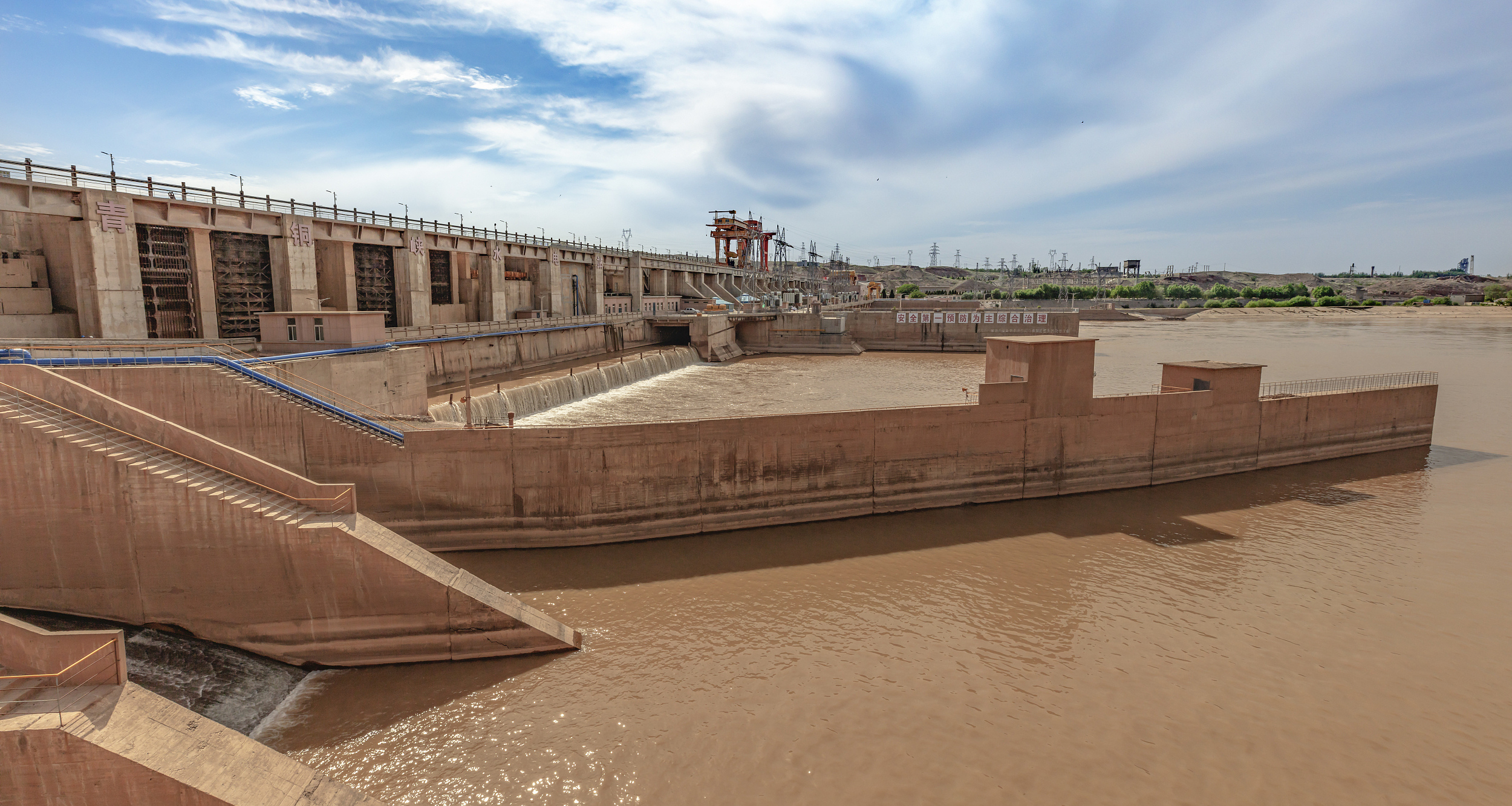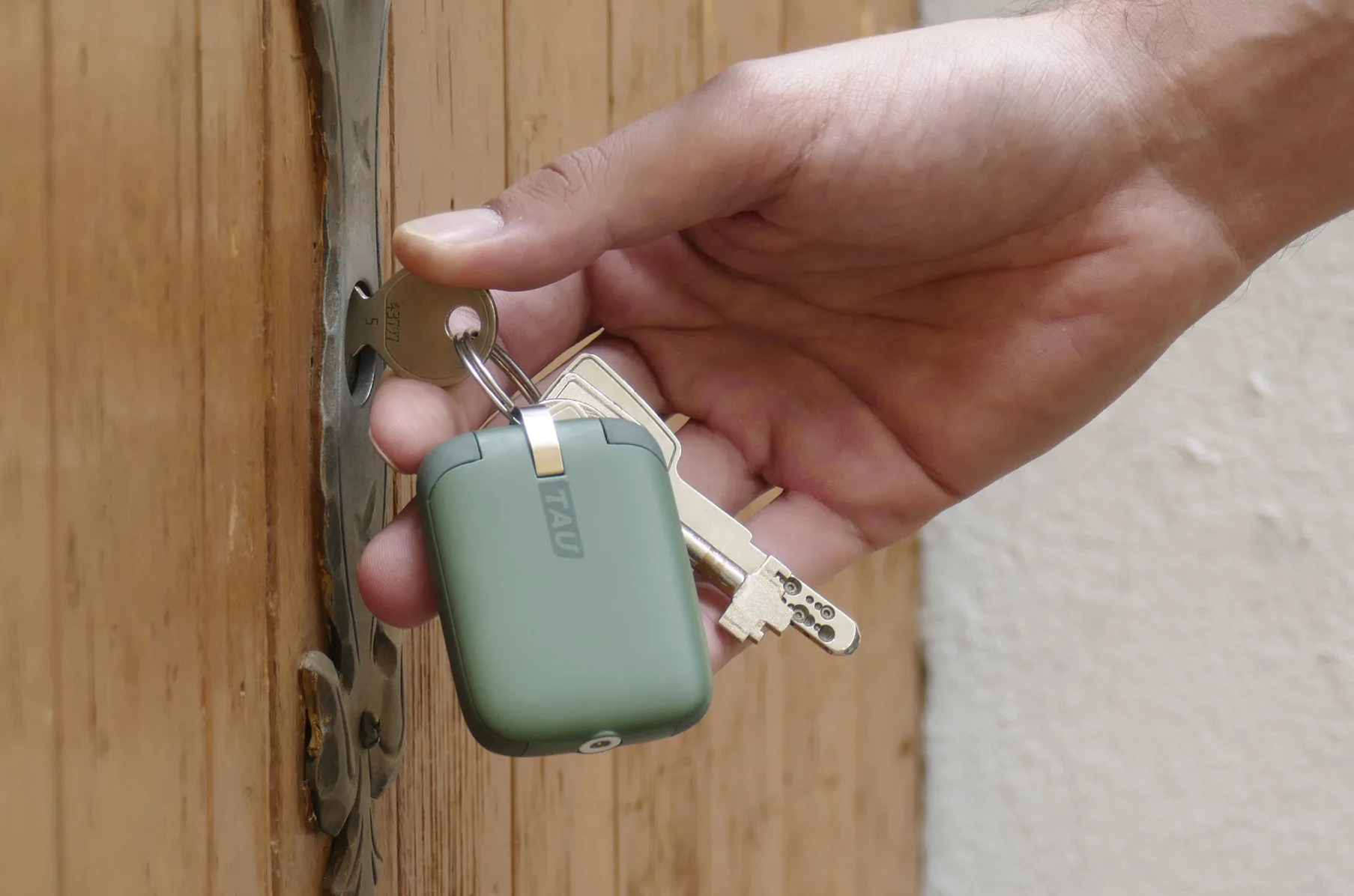
Qingtongxia, located in the Ningxia Hui Autonomous Region of China, is a city rich in history, culture, and natural beauty. This hidden gem is often overlooked by travelers, but it has a lot to offer. From ancient ruins to stunning landscapes, Qingtongxia is a treasure trove waiting to be explored. In this article, we will delve into 43 fascinating facts about Qingtongxia that will not only surprise you but also inspire you to visit this unique destination. So, get ready to discover the secrets of Qingtongxia as we take you on a journey through its captivating attractions, remarkable traditions, and intriguing history. Let’s dive in and uncover everything Qingtongxia has to offer!
Key Takeaways:
- Discover Qingtongxia’s diverse landscapes, rich history, and vibrant culture. From majestic mountains to ancient grottoes, this city offers a captivating blend of nature and heritage for adventurous explorers.
- Immerse yourself in Qingtongxia’s unique experiences, from hot air balloon rides to traditional festivals. With its scenic beauty and cultural tapestry, this city promises an unforgettable adventure for all.
Location and Overview
Qingtongxia is a city located in the Ningxia Hui Autonomous Region in northwest China. Situated on the eastern bank of the Yellow River, it covers an area of approximately 2,724 square kilometers. It is a place known for its rich cultural heritage and natural beauty.
Historical Significance
Qingtongxia has a long history that dates back to ancient times. It has been a center of trade and commerce along the Silk Road and has witnessed the rise and fall of various dynasties, leaving behind a wealth of historical landmarks.
Spectacular Landscapes
The city is blessed with diverse landscapes, including vast deserts, majestic mountains, and picturesque valleys. The unique combination of both natural and man-made attractions makes Qingtongxia a popular destination for nature lovers and adventure seekers.
Jingyugou Scenic Area
Jingyugou Scenic Area, located in Qingtongxia, is a stunning natural wonderland. It features crystal-clear lakes, lush forests, and breathtaking waterfalls. Visitors can partake in activities like hiking, camping, and bird-watching while enjoying the beauty of the surroundings.
Qingshuihe Scenic Area
If you’re a fan of water sports and relaxation, Qingshuihe Scenic Area is the place to be. With its tranquil rivers, hot springs, and sandy beaches, it offers the perfect escape from the bustling city life.
Sand Lake Scenic Area
Nestled amidst the desert, Sand Lake Scenic Area is a hidden gem that showcases the enchanting combination of sand dunes, wetlands, and exotic wildlife. It is a paradise for bird enthusiasts and photographers.
Cultural Diversity
Qingtongxia is home to various ethnic groups, including the Hui, Han, and other minorities. Each group contributes to the rich cultural tapestry of the city, offering visitors a fascinating glimpse into their traditions, customs, and cuisine.
Traditional Festivals
The city celebrates a range of colorful festivals throughout the year. The most notable ones include the Ningxia Hui Autonomous Region Naadam Festival, the Lantern Festival, and the Ningxia International Grape Festival.
The Yellow River
Qingtongxia lies along the banks of the iconic Yellow River. Known as the “Mother River” of China, it has played a vital role in the development of Chinese civilization and continues to be an important source of water and transportation in the region.
Helan Mountains
The majestic Helan Mountains provide a stunning backdrop to Qingtongxia. The range stretches for over 200 kilometers and is known for its unique geological formations, diverse flora and fauna, and ancient rock carvings.
Lingwu Paleolithic Museum
For history enthusiasts, the Lingwu Paleolithic Museum is a must-visit. It houses a remarkable collection of artifacts and fossils dating back to the Paleolithic era, offering insights into the region’s prehistoric past.
The Great Wall in Ningxia
Did you know that a section of the Great Wall can be found in Ningxia? The ancient defensive structure spans over 220 kilometers in the region and provides a glimpse into China’s rich military history.
Traditional Chinese Medicine
Qingtongxia is renowned for its traditional Chinese medicine practices. Visitors can explore local herb markets, engage in traditional therapies, and learn about the ancient wisdom of Chinese healing traditions.
The Helan Mountain Grape Wine Festival
Every year, Qingtongxia hosts the Helan Mountain Grape Wine Festival, celebrating the region’s thriving grape cultivation and winemaking industry. It offers visitors the chance to sample a variety of local wines and learn about the winemaking process.
Qingtongxia Canyon
The Qingtongxia Canyon offers an adventurous escape for nature enthusiasts. With its steep cliffs, roaring waterfalls, and winding trails, it provides a thrilling experience for hikers and rock climbers.
Longshan Grottoes
Near Qingtongxia, the Longshan Grottoes are a testament to the region’s rich Buddhist heritage. These ancient caves are adorned with intricate statues, murals, and inscriptions, providing a glimpse into China’s artistic and religious past.
The Annual Yellow River International Photography Festival
Photography enthusiasts won’t want to miss the Yellow River International Photography Festival held in Qingtongxia. The festival showcases breathtaking photographs capturing the beauty and essence of the Yellow River and its surroundings.
Unique Local Cuisine
Qingtongxia boasts a diverse culinary scene, blending flavors from various ethnic groups. Don’t miss the opportunity to savor local specialties like Ningxia-style lamb skewers, Liangfen (cold mung bean jelly), and Youtiao (deep-fried dough stick).
Water Sports on the Yellow River
The mighty Yellow River offers exciting water sports activities, including rafting and kayaking. Adventure seekers can navigate the swirling currents and rapids while enjoying the stunning scenery along the riverbanks.
Qingtongxia Film and Television Base
Movie enthusiasts will be delighted to visit the Qingtongxia Film and Television Base, which serves as a backdrop for numerous film and TV productions. Explore the sets, dress up as your favorite characters, and immerse yourself in the world of Chinese cinema.
The Mingcui Lake Wetland Park
Located in Qingtongxia, the Mingcui Lake Wetland Park is a haven for nature lovers. With its lush greenery, serene lakes, and diverse bird species, it offers a peaceful retreat from the city.
The Qingtongxia International Hot Air Balloon Festival
Experience the thrill of soaring above Qingtongxia during the International Hot Air Balloon Festival. Marvel at the panoramic views of the city, the Yellow River, and the surrounding landscapes as you glide through the air.
The Ningxia Museum
Discover the history, culture, and art of Ningxia at the Ningxia Museum. It houses a vast collection of artifacts, including ancient pottery, paintings, and relics, providing a comprehensive insight into the region’s rich heritage.
The 108 Pagodas of Qingtongxia
The 108 Pagodas of Qingtongxia form a unique and picturesque sight. These ancient pagodas, built in various architectural styles, stand tall atop a hill, offering breathtaking views of the city and the Yellow River.
The Ejin Banner Desert
Just a short distance from Qingtongxia, the Ejin Banner Desert offers an otherworldly experience. With its vast sand dunes, camel rides, and stunning sunsets, it provides an unforgettable desert adventure.
Academic Excellence
Qingtongxia is known for its academic institutions and research centers. The city is committed to providing quality education, attracting students from all over the country to pursue their studies in various disciplines.
The Nanguan Mosque
The Nanguan Mosque, located in Qingtongxia, is an important Islamic site. With its exquisite architecture and serene ambiance, it serves as a place of worship and a symbol of religious harmony.
Traditional Handicrafts
Experience the craftsmanship of Qingtongxia by exploring its traditional handicrafts. From intricate embroidery and wood carving to pottery and paper cutting, the city’s artisans showcase their skills passed down through generations.
The Yellow River Stone Forest
The Yellow River Stone Forest is a unique geological marvel near Qingtongxia. The natural rock formations resemble a forest, creating a surreal and mystical atmosphere.
The Yinlang Folk Custom Village
Travel back in time by visiting the Yinlang Folk Custom Village. This living museum showcases the customs, traditions, and rural lifestyle of the past. Immerse yourself in the local culture through interactive exhibits and performances.
The Ningxia Silk Road Museum
Learn about the fascinating history of the Silk Road at the Ningxia Silk Road Museum. Discover ancient trade routes, admire valuable artifacts, and gain insights into the economic and cultural exchanges that shaped the region.
The Baijitan National Nature Reserve
Embrace the beauty of nature at the Baijitan National Nature Reserve. This protected area is home to a variety of flora and fauna, including rare and endangered species like the Przewalski’s gazelle and the goitered gazelle.
The Yinchuan Drum Tower
While exploring the capital city of Ningxia, Yinchuan, don’t miss the iconic Yinchuan Drum Tower. This ancient structure, with its vibrant colors and intricate architecture, symbolizes the vibrant cultural heritage of the region.
The Qianzhou Ancient City
Step into the past by visiting the Qianzhou Ancient City. This well-preserved historical site displays the architectural splendor of ancient China, with its towering city walls, traditional buildings, and narrow streets.
The Shapotou Desert Research and Experiment Center
The Shapotou Desert Research and Experiment Center offers a unique opportunity to study and understand desert ecosystems. Researchers and visitors can explore the vast desert, take part in experiments, and learn about desertification prevention.
The Shuidonggou Paleolithic Site
Visit the Shuidonggou Paleolithic Site, a UNESCO World Heritage site near Qingtongxia. This archaeological treasure provides valuable insights into early human activities, with artifacts dating back over 30,000 years.
The Qingtongxia Grand Mosque
Experience the vibrant Islamic culture at the Qingtongxia Grand Mosque. Admire the grand architecture and peaceful atmosphere as you learn about the traditions and practices of the local Muslim community.
The Shuidonggou National Archaeological Site
The Shuidonggou National Archaeological Site is an important archaeological discovery in Qingtongxia. It offers a glimpse into the lives of ancient humans through the excavation of hunting tools and cultural relics.
The Yongning Temple
Pay a visit to the Yongning Temple, a sacred Buddhist site in Qingtongxia. This tranquil sanctuary is adorned with intricate artwork, statues, and scriptures, providing a serene space for contemplation and reflection.
The Lianhuashan Ski Resort
During the winter months, Qingtongxia offers a fantastic skiing experience at the Lianhuashan Ski Resort. Enjoy the thrill of skiing or snowboarding down the slopes surrounded by pristine snow-covered landscapes.
The Zhongwei Gao Temple
Located in Zhongwei, a city near Qingtongxia, the Zhongwei Gao Temple is a cultural and religious landmark. It features unique architectural elements and serves as a place of worship for locals and visitors alike.
The Xumi Mountain Grottoes
Marvel at the intricate Buddhist carvings and statues at the Xumi Mountain Grottoes, located near Qingtongxia. These ancient caves offer a glimpse into the artistic and spiritual legacy of the region.
The Moon Bay of Qingtongxia
Conclude your journey with a visit to the Moon Bay of Qingtongxia. This serene and scenic area is perfect for relaxation and photography, especially during sunset when the moon-like reflection enhances the beauty of the surroundings.
Qingtongxia offers a rich tapestry of natural wonders, historical landmarks, cultural diversity, and unique experiences. Whether you’re captivated by the beauty of the Yellow River, exploring ancient grottoes, or immersing yourself in local traditions, this city has something to offer for everyone. So, pack your bags and embark on an unforgettable adventure to Qingtongxia, where history, nature, and culture intertwine in harmony.
Conclusion
Qingtongxia is a remarkable city in China that offers a rich history, stunning natural landscapes, and a vibrant cultural heritage. With its numerous attractions, from the Yellow River and Liupanshan Mountains to the Helan Mountains and the Shapotou Desert, Qingtongxia provides visitors with an unforgettable experience.
From exploring ancient cave dwellings and witnessing traditional folk dances to tasting delicious local cuisine and participating in exciting outdoor activities, there is something for everyone in Qingtongxia. Whether you are a history enthusiast, nature lover, or adventure seeker, this city has it all.
Plan your trip to Qingtongxia and immerse yourself in its beauty and charm. Discover the wonders of this hidden gem and create memories that will last a lifetime.
FAQs
1. What is the best time to visit Qingtongxia?
The best time to visit Qingtongxia is during the spring (April to June) and autumn (September to October) when the weather is pleasant and mild. The summers can be hot, and winters can get quite cold, so plan your trip accordingly.
2. How do I get to Qingtongxia?
Qingtongxia is easily accessible by air, train, or bus. The nearest airport is Yinchuan Hedong International Airport, which offers regular flights from major cities in China. You can also reach Qingtongxia by train or bus from various cities in the country.
3. What are some must-visit attractions in Qingtongxia?
Some must-visit attractions in Qingtongxia include the Shapotou Desert, the Western Xia Imperial Tombs, the Liupanshan Mountains, and the Yellow River Scenic Area. These places offer breathtaking views and unique experiences.
4. Is Qingtongxia safe for tourists?
Yes, Qingtongxia is generally safe for tourists. However, it is always advisable to take necessary precautions, such as avoiding isolated areas at night and keeping an eye on your belongings. It is also recommended to follow local customs and regulations.
5. What are some popular outdoor activities in Qingtongxia?
Some popular outdoor activities in Qingtongxia include sandboarding in the Shapotou Desert, hiking in the Liupanshan Mountains, rafting on the Yellow River, and exploring the Helan Mountains. These activities offer thrilling experiences for adventure enthusiasts.
6. Can I try local cuisine in Qingtongxia?
Absolutely! Qingtongxia is known for its delicious local cuisine, which includes dishes like braised lamb, dried noodles, beef dumplings, and various traditional snacks. Don’t miss the opportunity to tantalize your taste buds with the flavors of the region.
Qingtongxia's fascinating history and natural wonders captivate visitors, yet there's more to explore. Uncover surprising facts about irrigation, a vital practice that has shaped civilizations. Journey through the vibrant streets and cultural tapestry of Baotou, one of China's captivating cities. Dive into the world of renewable energy and discover how hydropower is revolutionizing the way we generate electricity. From ancient techniques to modern marvels, these engaging articles offer a wealth of knowledge waiting to be discovered.
Was this page helpful?
Our commitment to delivering trustworthy and engaging content is at the heart of what we do. Each fact on our site is contributed by real users like you, bringing a wealth of diverse insights and information. To ensure the highest standards of accuracy and reliability, our dedicated editors meticulously review each submission. This process guarantees that the facts we share are not only fascinating but also credible. Trust in our commitment to quality and authenticity as you explore and learn with us.


